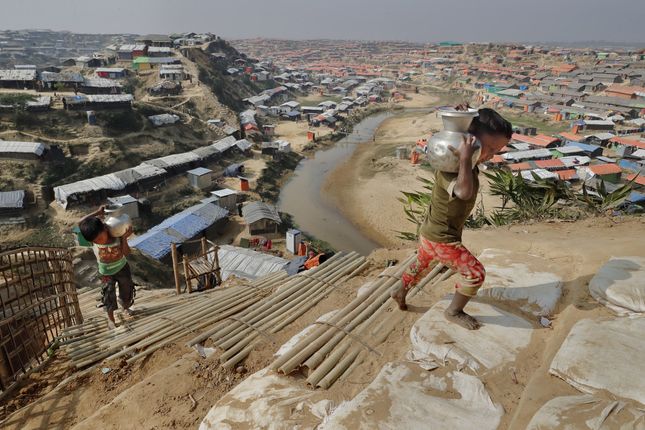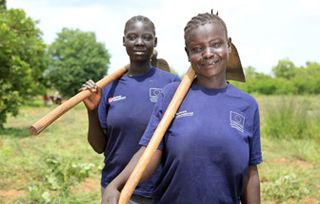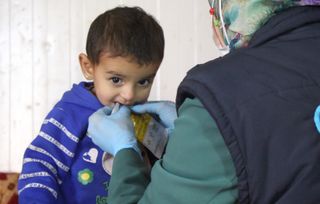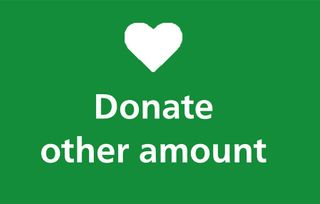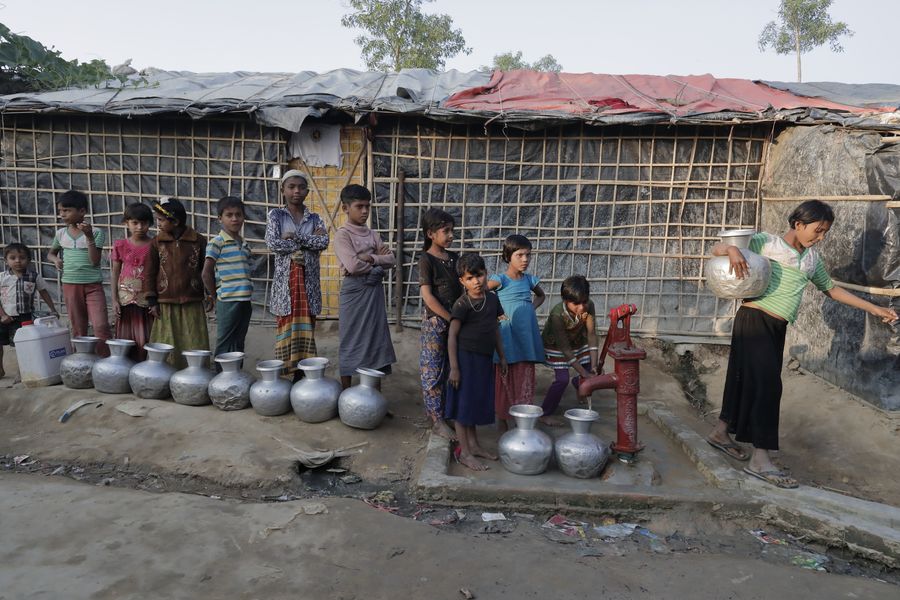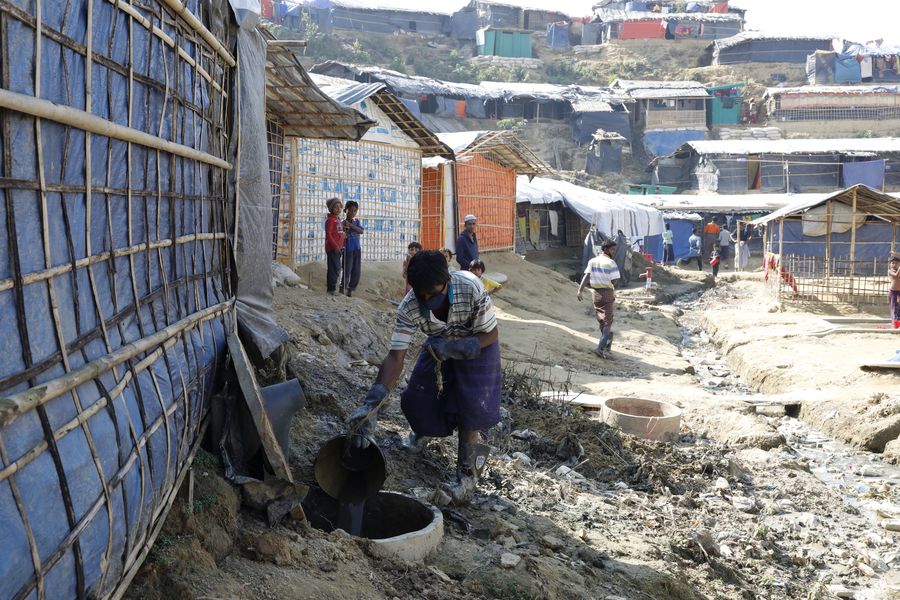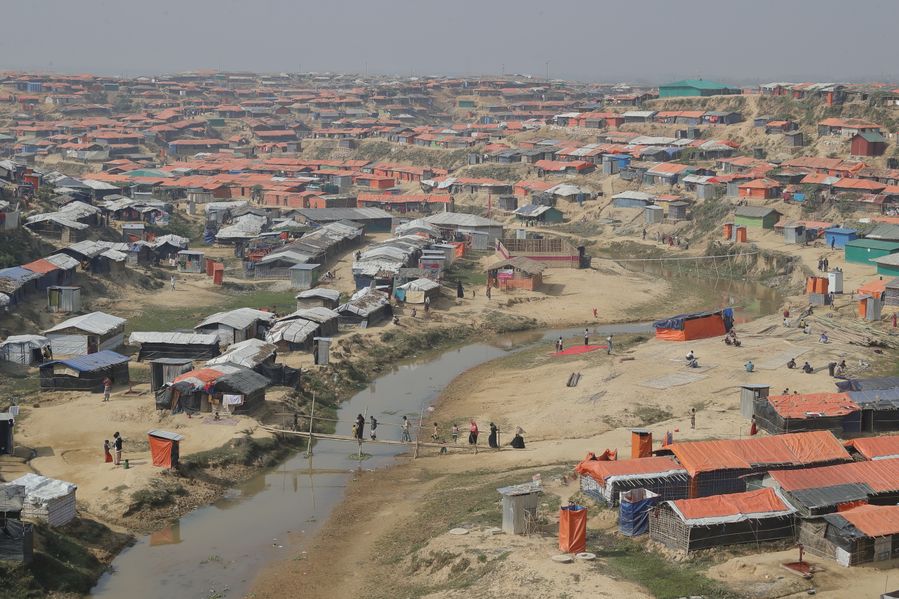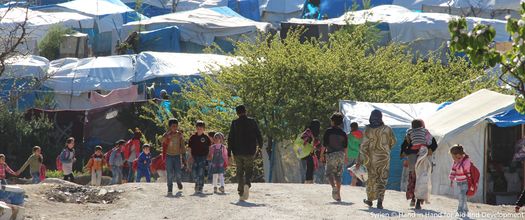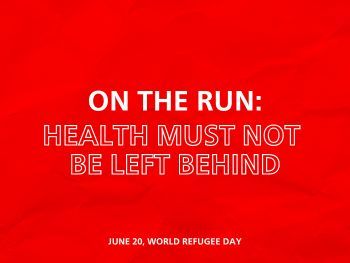In many refugee camps, people live in unacceptable conditions. Often there is neither running water nor electricity. There is also often a lack of sufficient funding for food, which is why rations either have to be restricted or reduced to a very one-sided diet. Overcrowded camps, inadequate sanitary facilities, poor hygiene conditions and insufficient access to clean drinking water increase the risk of disease outbreaks, including diarrheal diseases, skin or viral infections. In addition to the physical consequences, the mental health of displaced people is at risk.
There is also a shortage of qualified staff in many camps, particularly for medical and psychosocial care. Pregnant women and unaccompanied children are particularly at risk in overcrowded refugee camps. Many sick people must wait a long time for medical treatment and women do not always have access to adequate prenatal care. Protection, especially for women and girls, can often not be guaranteed in camps. They are permanently at risk of gender-based violence. Safer spaces, lockable and nearby showers and toilets for women and girls are only available in very few cases.
Natural disasters also put refugees in several camps in danger. In Cox's Bazar in Bangladesh, for example, heavy rainfall, flooding, storms and landslides occur regularly during the monsoon season. This repeatedly destroys or damages the refugees' shelters. The effects of COVID-19 in refugee camps have further exacerbated the danger for the residents.

